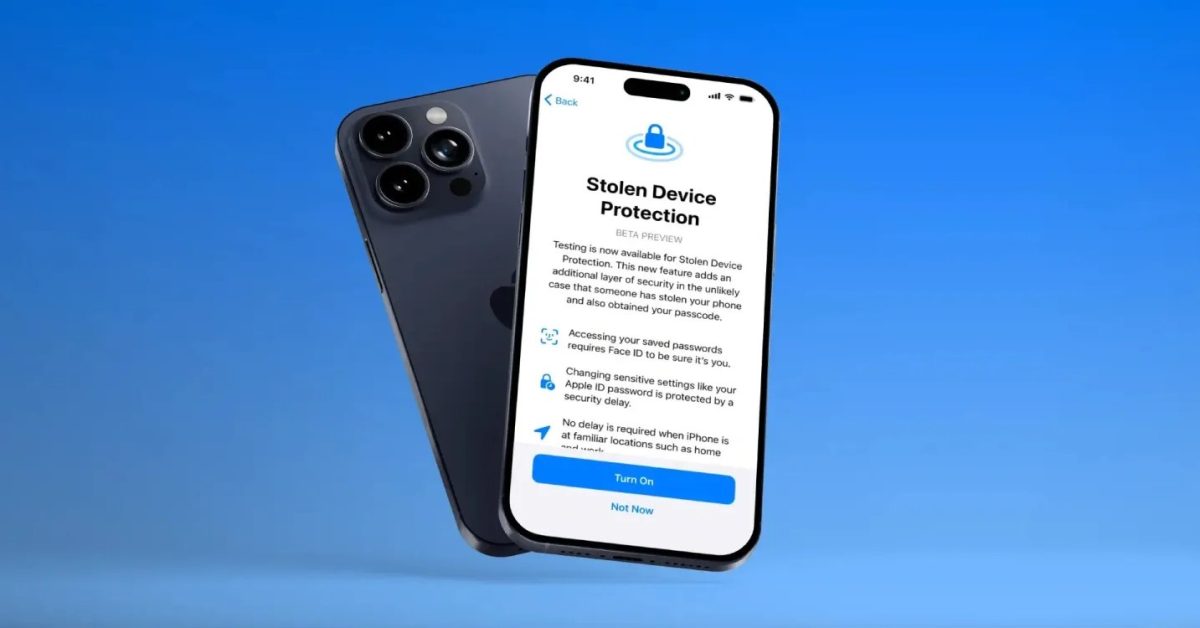How to Activate Stolen Device Protection on Your iPhone: Step-by-Step Guide

A new feature for iPhone has been launched in the iOS 17.3 beta that protects users if their device is stolen. The stolen device protection feature requires biometric authentication when away from trusted places, such as home and work. This means that if your iPhone is stolen, the thief won’t be able to access sensitive information.
The feature was created in response to a rise in iPhone thefts at public places like bars, where thieves would observe victims entering their passcodes before stealing their iPhones and changing their Apple ID password. The stolen device protection feature aims to prevent this type of theft by providing an added layer of security.
To turn on the stolen device protection feature, users need to make sure they are running the iOS 17.3 beta on their iPhone and then follow a few simple steps in the Settings app. Once turned on, if you find yourself in a situation where Face ID or Touch ID isn’t working, you can still use your device for texts, calls, and most functions, but won’t be able to perform sensitive actions like changing your Apple ID password or seeing saved passwords.
Even with this new feature, there are still some good practices to keep in mind while in public. These include not handing your iPhone over to strangers, avoiding entering your passcode in public, and not connecting to open, public WiFi networks.
Overall, the stolen device protection feature offers an added layer of security for iPhone users without significantly impacting the user experience. It’s a simple step to protect your information and prevent theft.
